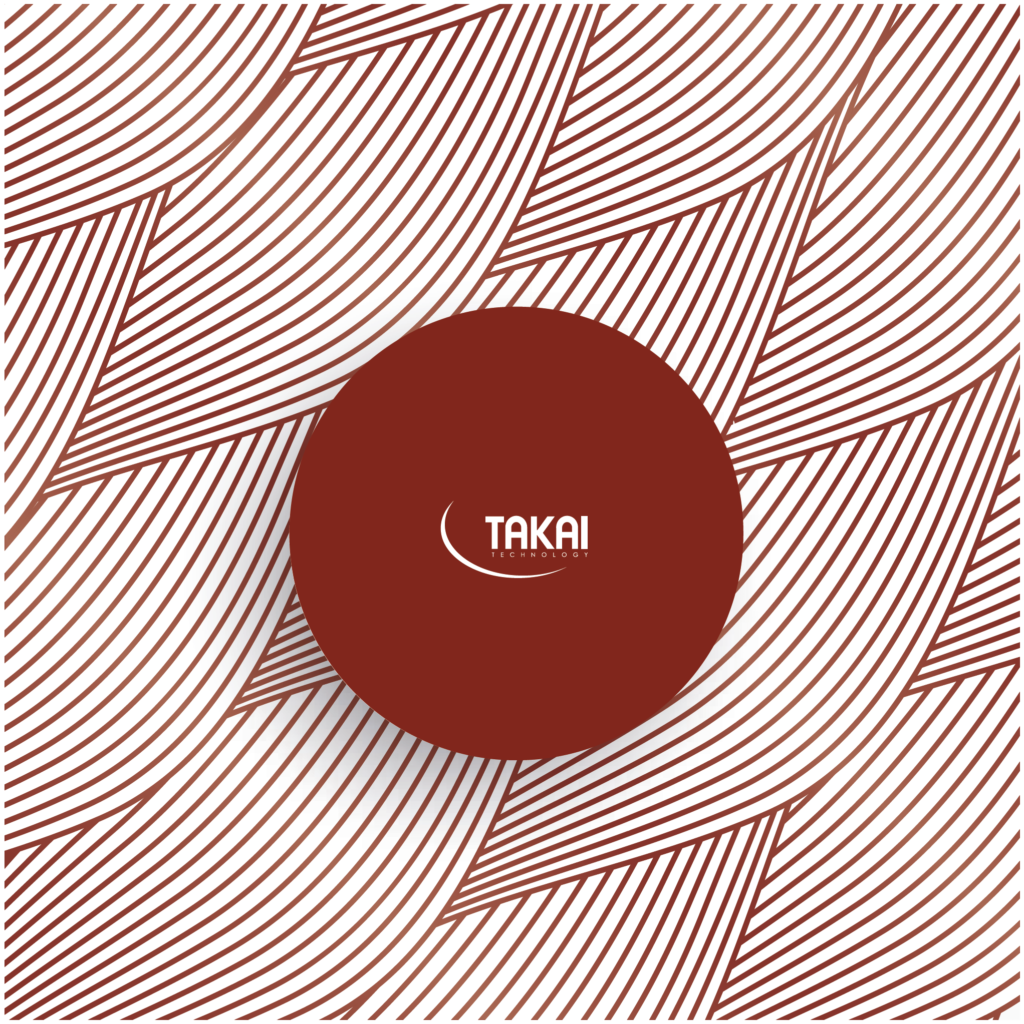Our Story
During the 1980s and 1990s, cutting techniques evolved in Europe. Stylists were trained in these new trends where they could feel the thinning/sliding.
In the early 1990s, we offered our Japanese razor blades with Hamaguri sharpening to assure a unique cutting sensation without damaging the hair, contrary to the traditional razor which, when used improperly, can result in a poor haircut.
For more than 30 years, our beautiful story has been written with you and is proven by your loyalty.
Our commitment is to please you by offering high-quality hairstyling scissors, durable but also renewable thanks to our unique service know-how.
Our Know-How
The manufacturing of our scissors is a compromise between technological innovation and know-how, all while respecting Japanese tradition.

Technology
We select the best Japanese steels and then design our scissors using our patented digitally-controlled machines. This step assures regularity in the production, prevents errors and guarantees you high-quality hairstyling scissors at affordable prices.
The comfort and ergonomics of each pair of scissors is designed using Computer-Aid Design, digital software that creates 3-dimensional models of the hand.
This software simulates the constraints and repetitive movements of the stylist’s hand during cutting to create innovative designs for our scissors, assuring indispensable comfort and working ergonomics for the stylist.
Tradition
Polishing and sharpening, steps that are essential in the designing of our high-end scissors, are done entirely by hand by our master sharpeners, all while respecting tradition.
Hamaguri convex sharpening, performed on all of our scissors, is a highly-detailed ancestral technique requiring many years of experience. It’s the most delicate operation in the manufacturing process of our scissors.
A series of 7 grinding angles, Hamaguri gives the scissors an extremely durable and renewable cutting edge combined with great cutting softness.
The curve of the blade is perfect up to the point. Thus, the edge of the blade forms an integral part of the blade mass for greater rigidity.
This sharpening also explains why the points of our scissors are rounded and not pointed like other hairstyling scissors.
It avoids all risk of injury and working around the ear is done with extreme precision thanks to this cutting edge.
At Takai, there is also another type of sharpening, the Miracle-Slit. This is offered solely on the Summum model. It is Hamaguri sharpening with micro incisions on the edge of the blades.
With straight cutting, the Miracle-Slit lets you cut thick strands, with the micro incisions collecting the hair. With thinning/sliding, it functions like a model with Hamaguri convex sharpening to combine cutting softness and an efficient slice. This double sharpening also gives these scissors greater wear over time.
Steel
Japanese steel is known for its quality. This ancestral notoriety is due to the design of the famous katanas, sabers used by the Samurai warriors, of which the cutting edges were both extreme and soft.
To create high-quality hair scissors, it is therefore essential to select the best Japanese steel.
To give the blades a durable and renewable cutting edge, it is important to have a high Rockwell Degree (HRC). This unit of measure determines the hardness and resistance of the steel. However, the HRC degree cannot be too high or the scissors would break at the least drop, or too low which would result in a poor-quality blade.
You should know that classic hair scissors have a rate of 50 Rockwell Degrees. Takai Technology scissors have a Rockwell Degree that varies between 59° and 65° HRC.
Takai Technology uses 4 types of Japanese steel to manufacture its scissors:
Summun Japanese Steel, the Invitation to Excellence
Powdered or sintered HIP Japanese steel, the signature of High Technology
Super alloy VG-10 Cobalt Japanese Steel, the Fusion of Knowledge
SUS 440C Japanese Steel enriched with Vanadium and Molybdenum, Quality without Compromise
